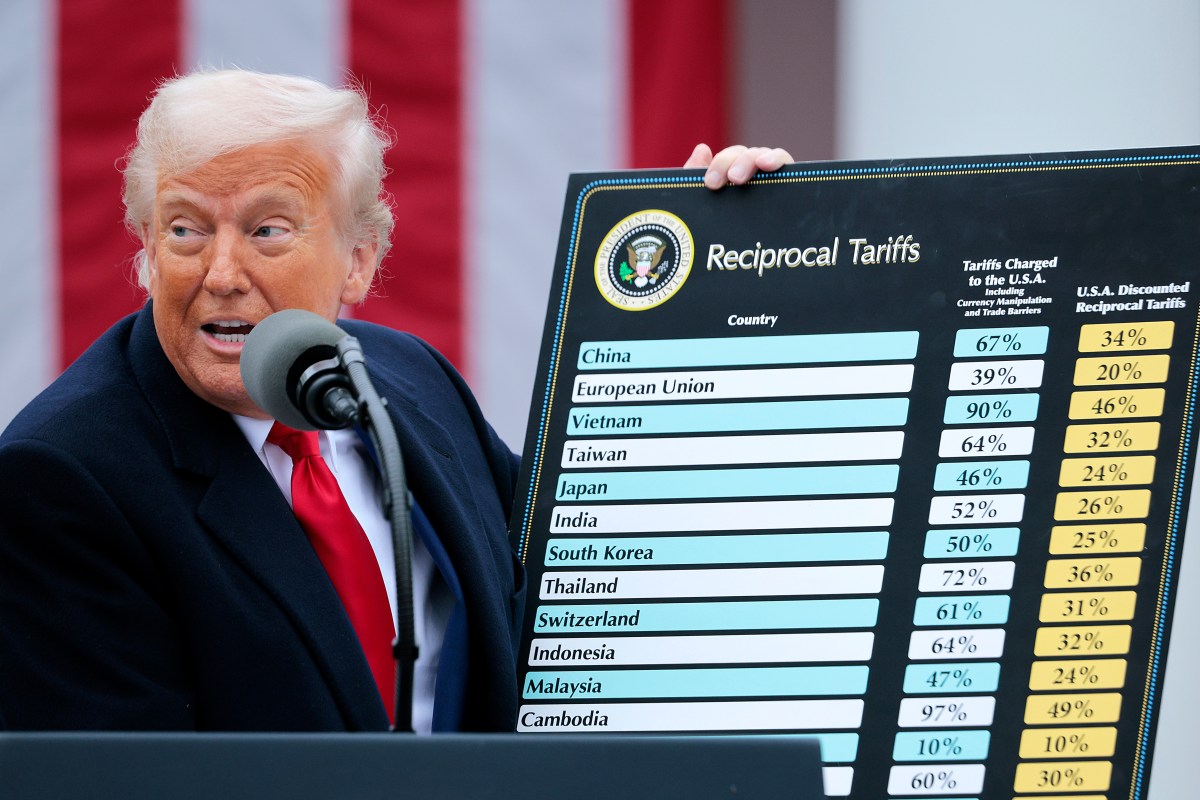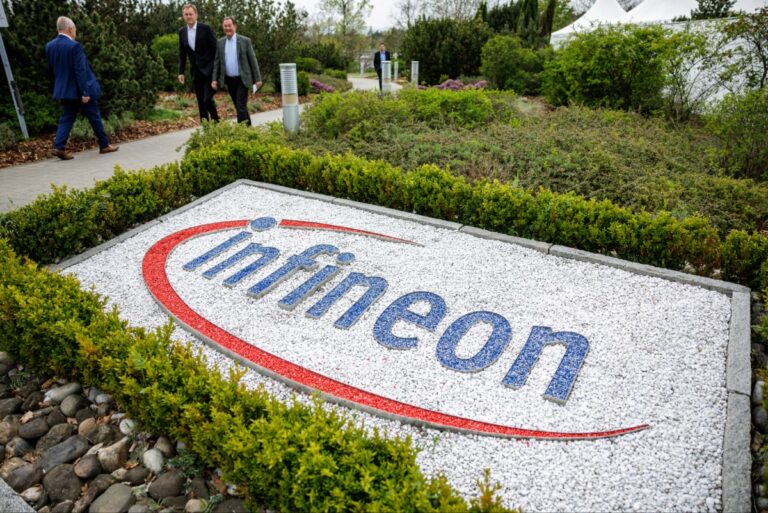Public Input on White House AI Policy: Key Issues of Copyright and Tariffs Explored
The ongoing discussion surrounding the national AI policy, also referred to as the AI Action Plan, has garnered significant attention, leading to over 10,000 comments submitted to the White House. These comments reflect a diverse array of opinions from individuals, industry groups, and local governments, all eager to influence the future of artificial intelligence in the United States.
Overview of the AI Action Plan Comments
Recently, the White House Office of Science and Technology Policy (OSTP) released a comprehensive PDF document containing the submitted comments, which spans an impressive 18,480 pages. The feedback covers a variety of crucial topics, including:
- Copyright issues related to AI-generated content
- Environmental impacts of AI data centers
- Concerns over AI bias and discrimination
Shifts in AI Policy Under the Trump Administration
In a significant policy shift, President Donald Trump recently repealed the AI Executive Order established by former President Joe Biden. This order had aimed to guide the National Institute of Standards and Technology in developing frameworks to address biases in AI models. Critics of the previous order argued that it imposed excessive reporting requirements detrimental to companies’ trade secrets.
Following the repeal, Trump issued a new directive aimed at promoting AI development that emphasizes “human flourishing, economic competitiveness, and national security.” Notably, this new order does not address the issue of AI discrimination, a major focus of Biden’s original policy.
Key Concerns Raised by Commenters
The comments submitted to the White House illuminate the pressing issues at stake in the race to develop AI technology. Several key points emerged from the responses:
- Exploitation of Creatives: Many commenters expressed concerns that AI systems are trained on works created by artists and writers without fair compensation, urging the administration to enhance copyright protections.
- Support for AI Development: Conversely, some industry representatives, including those from venture capital firm Andreessen Horowitz, argued that copyright restrictions hinder innovation in AI.
Calls for Research Investment
Organizations such as Americans for Prosperity and The Future of Life Institute have highlighted the necessity for increased federal investment in AI research, especially in light of recent cuts to scientific funding. Experts have criticized these reductions, particularly those advocated by Elon Musk’s Department of Government Efficiency.
Impact of Tariffs on AI Growth
Some commenters have raised concerns about the Trump administration’s tariffs on foreign goods, suggesting they may impede domestic AI development. The Data Center Coalition warned that tariffs on essential infrastructure components could slow AI investments in the U.S. Additionally, the Information Technology Industry Council has called for “smart” tariffs that protect domestic industries without escalating trade conflicts.
Concerns Over AI Censorship
Although only a few comments mentioned the topic of “AI censorship,” it remains a hot-button issue for many of Trump’s allies. Figures like Elon Musk and David Sacks have claimed that certain AI chatbots, including ChatGPT, exhibit biases against conservative viewpoints. This issue raises fundamental questions about bias in AI, which remains a challenging technical problem.
Future Directions for AI Policy
In recent months, President Trump has intensified efforts to build a dedicated AI policy team. In March, the Senate confirmed Michael Kratsios as the new director of the OSTP, who previously focused on AI policy during Trump’s first term. Additionally, Sriram Krishnan was appointed as a senior policy advisor for AI at the White House.
As the dialogue around the AI Action Plan continues, it is clear that the stakes are high for the future of artificial intelligence in the U.S. Stakeholders across the spectrum are keenly watching how these policies will evolve.
For more insights into AI policies and their implications, you can visit the White House OSTP page or read about the latest technology trends at MIT Technology Review.







